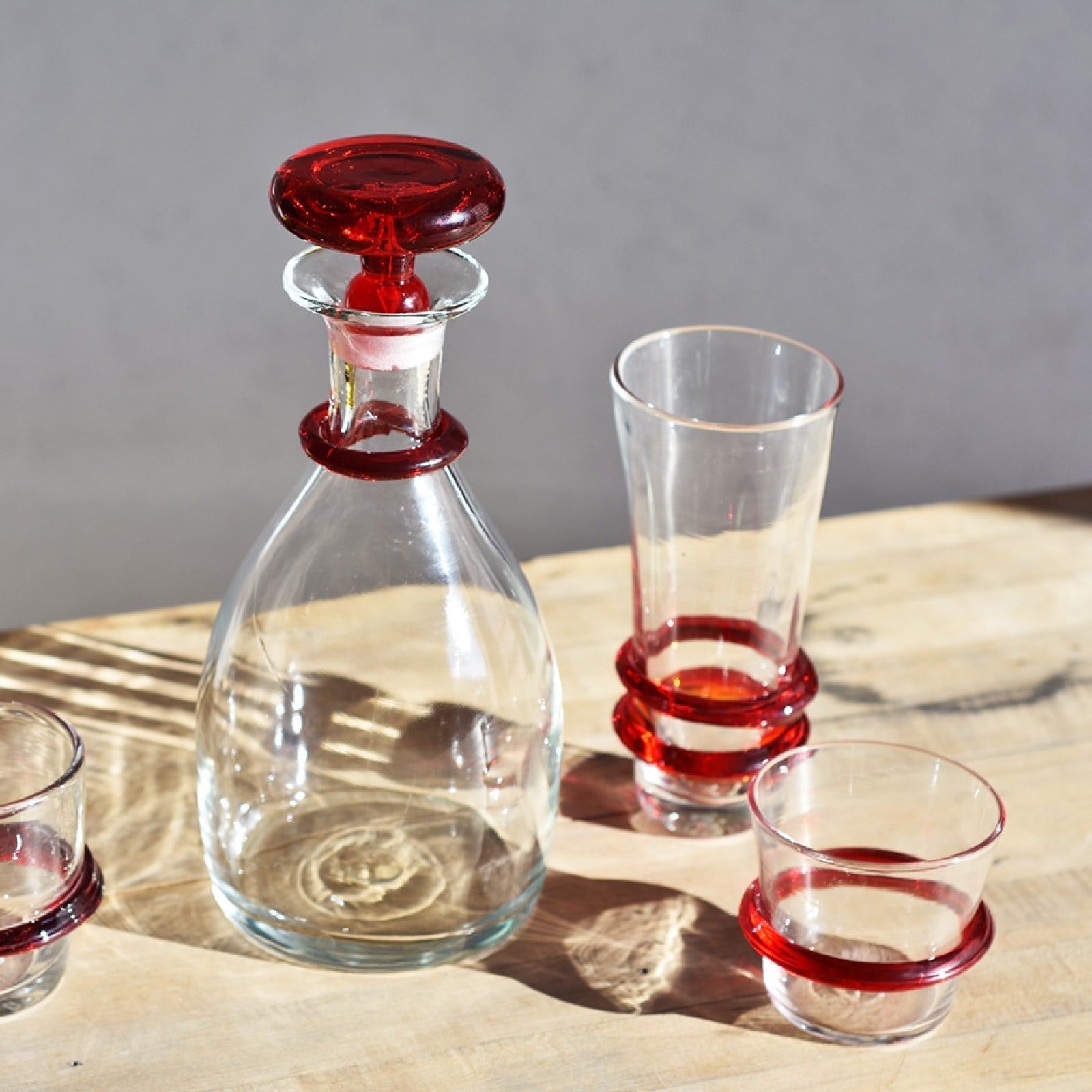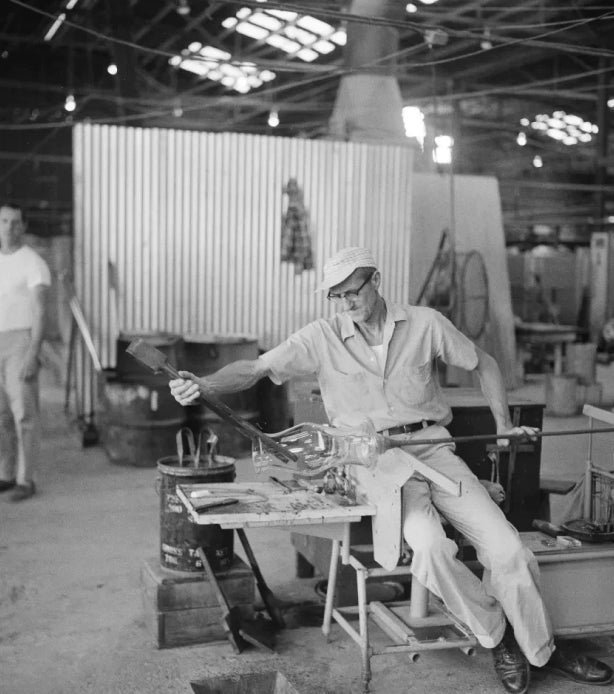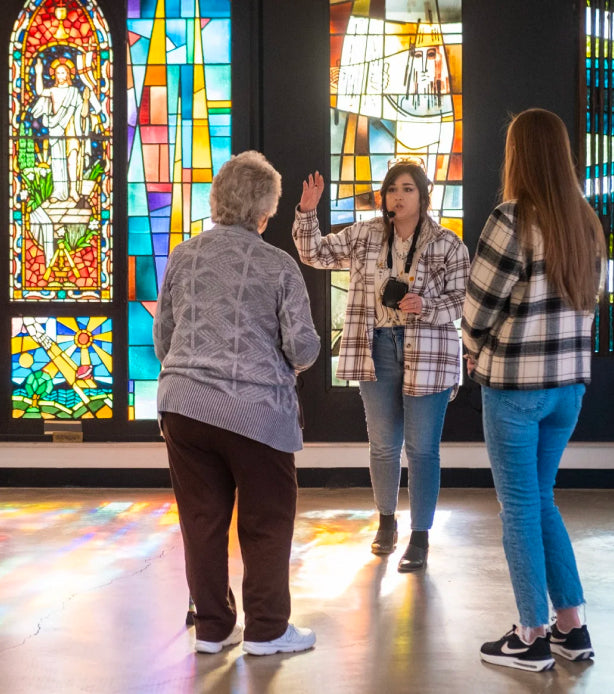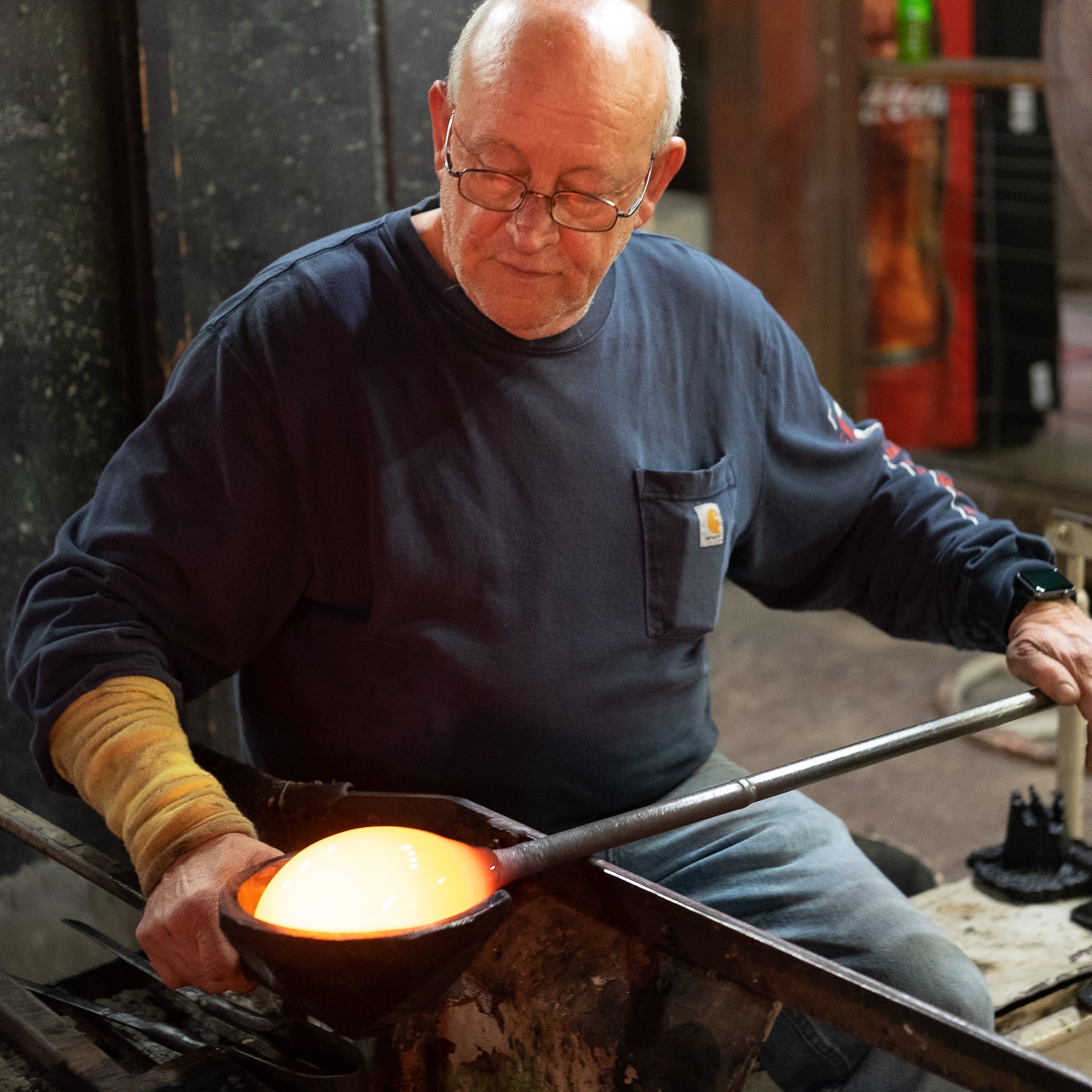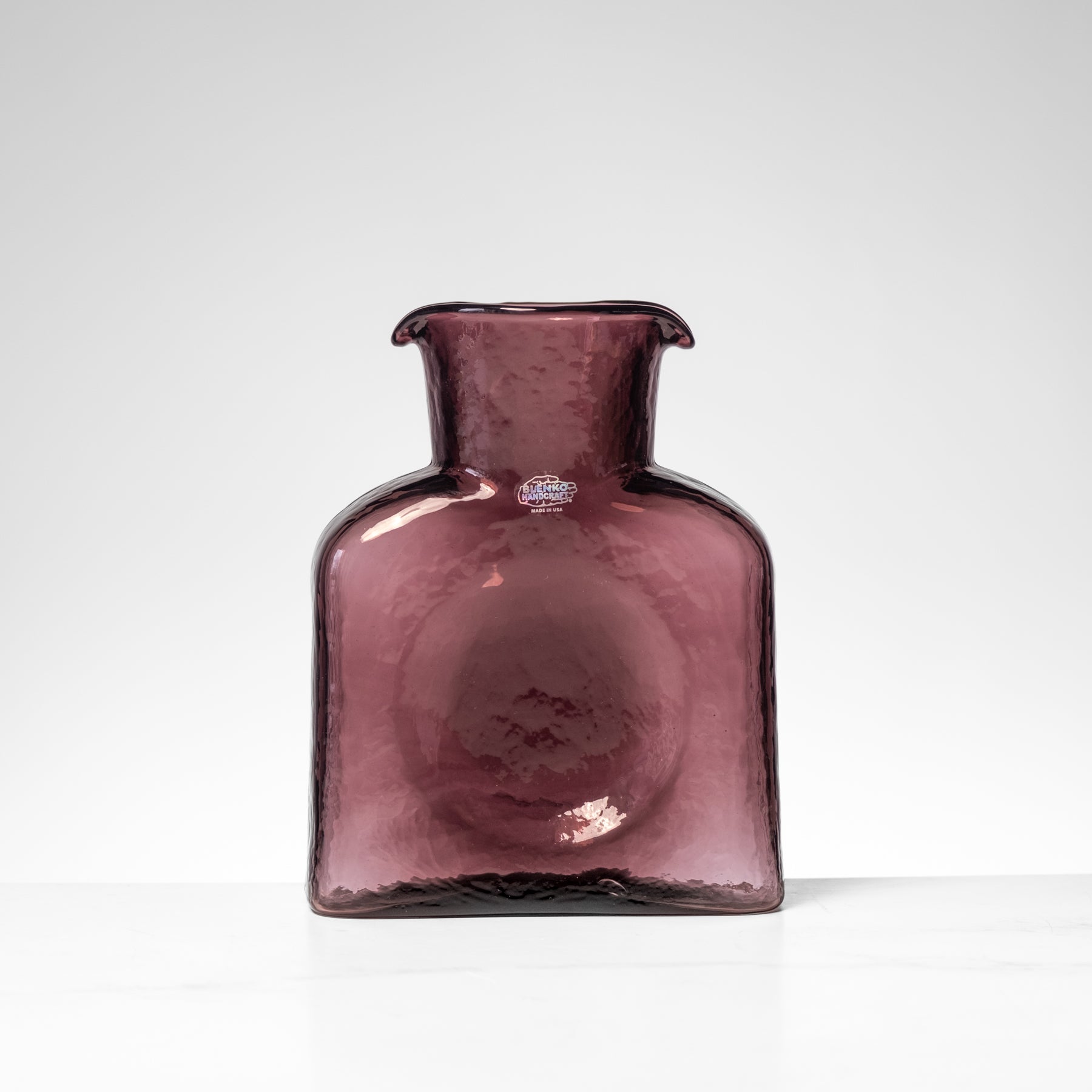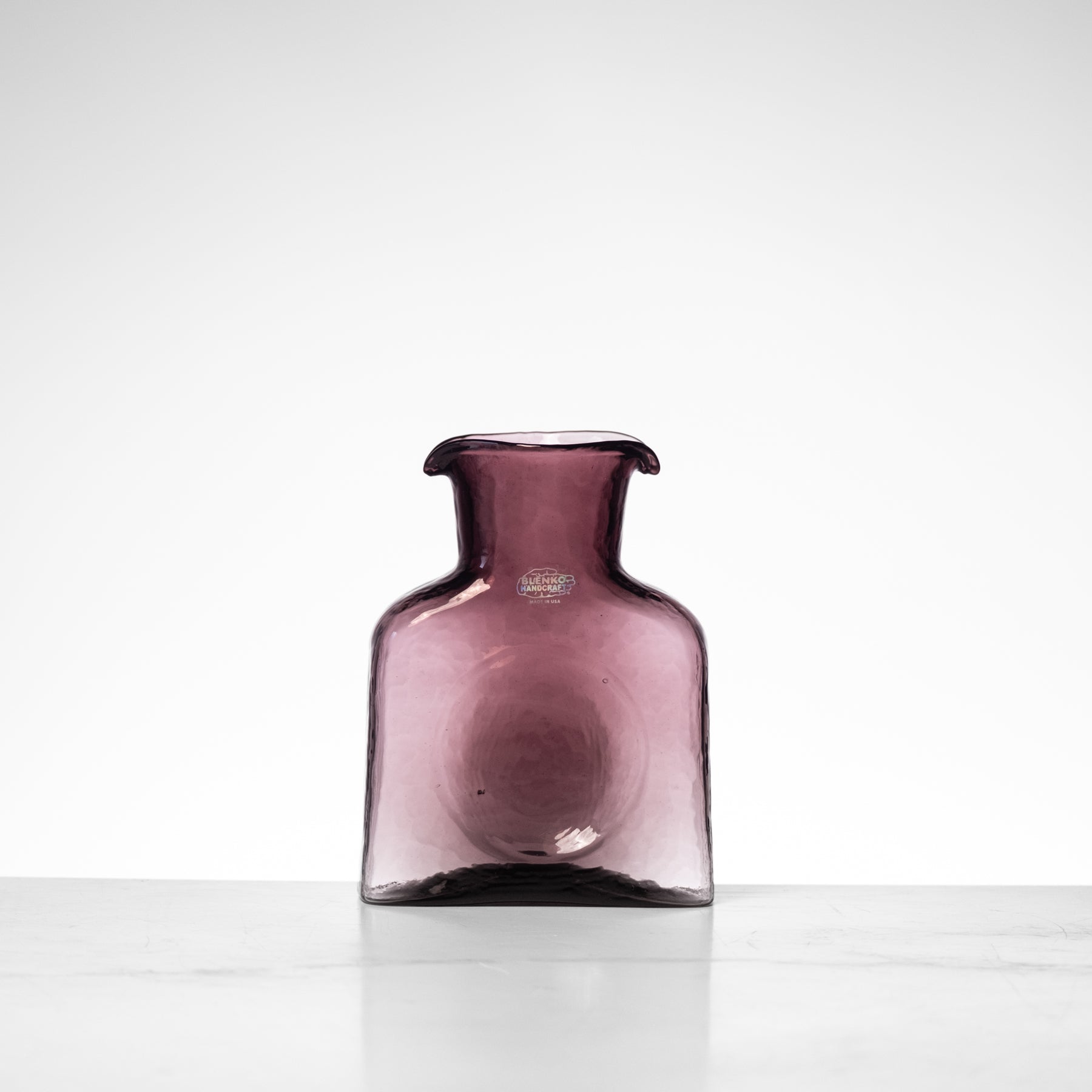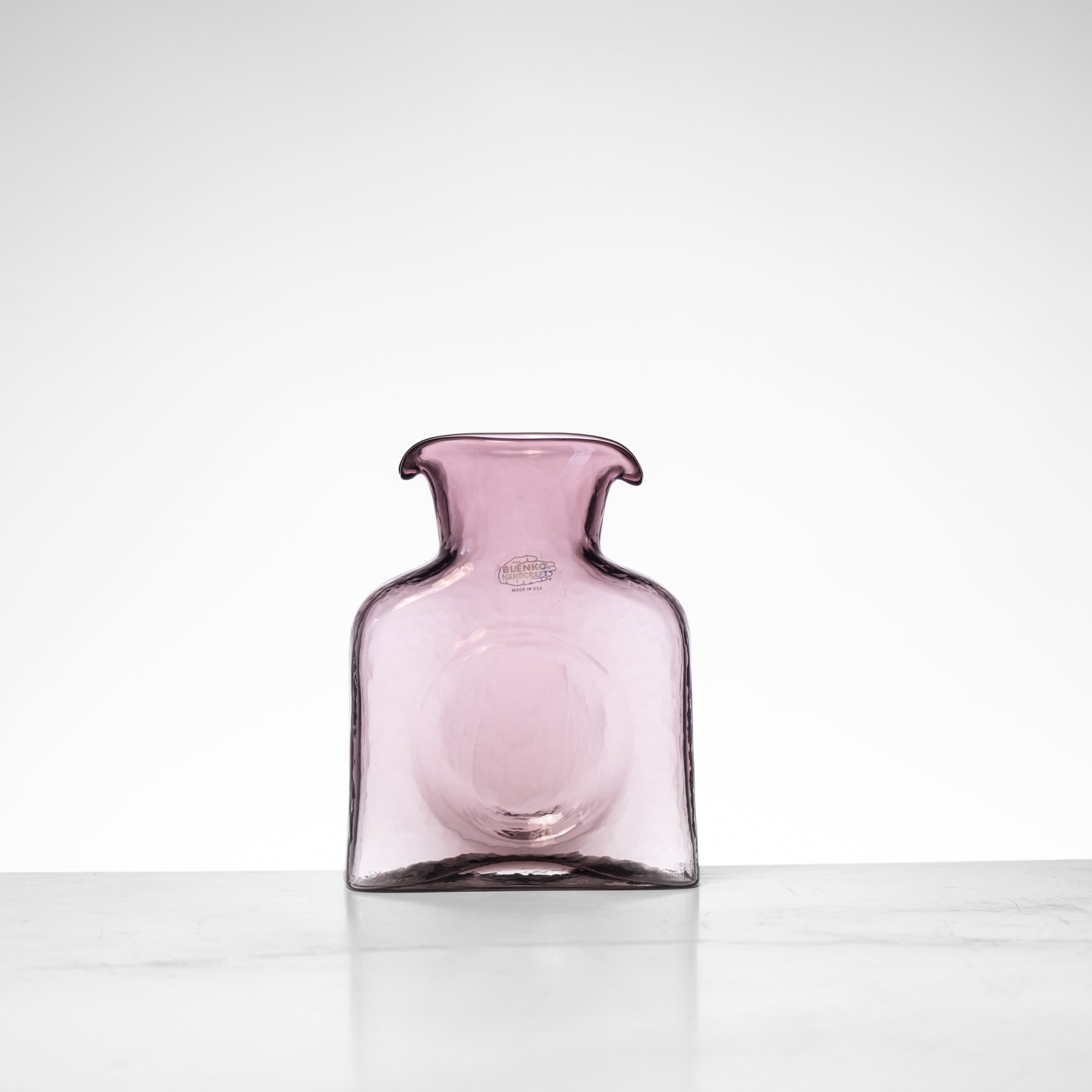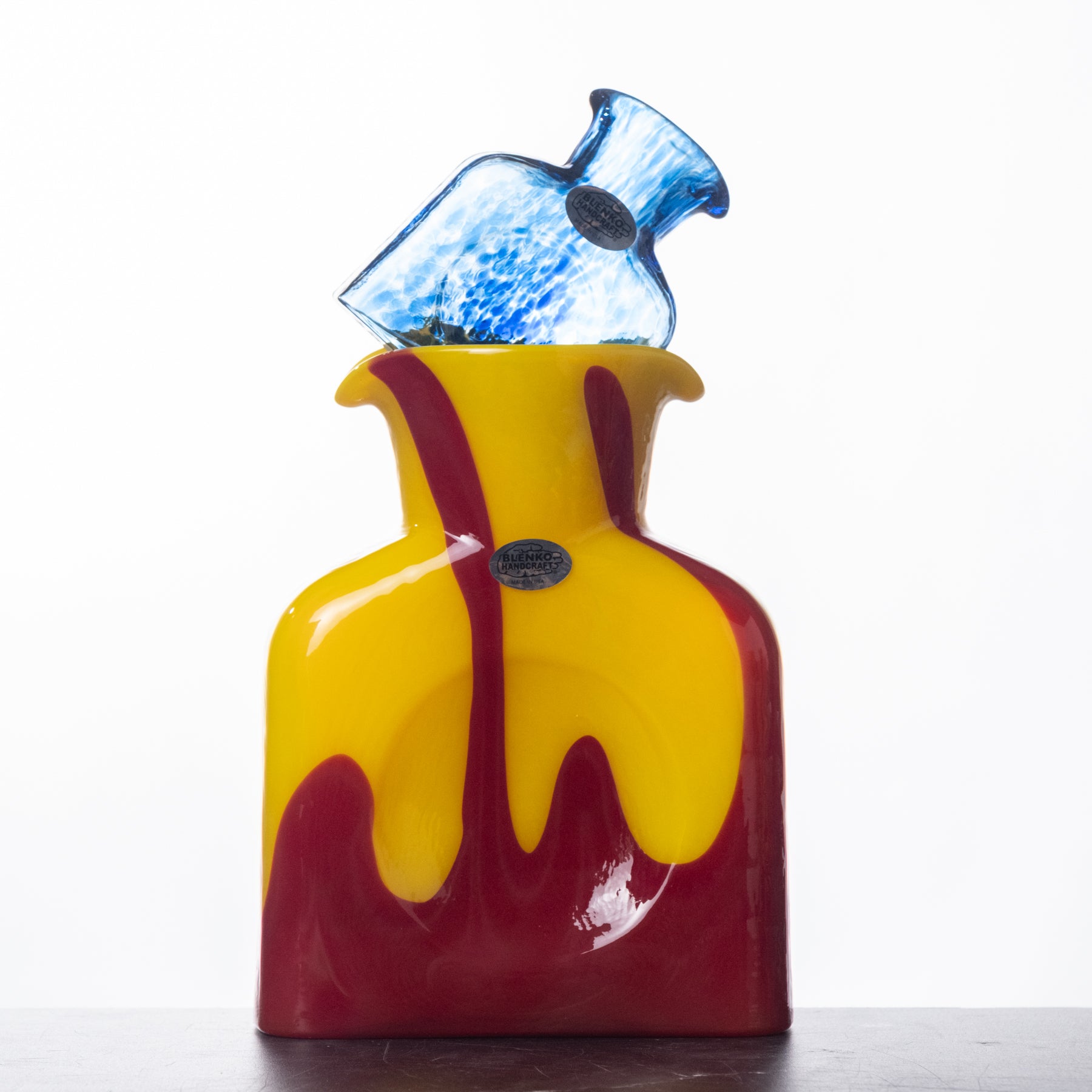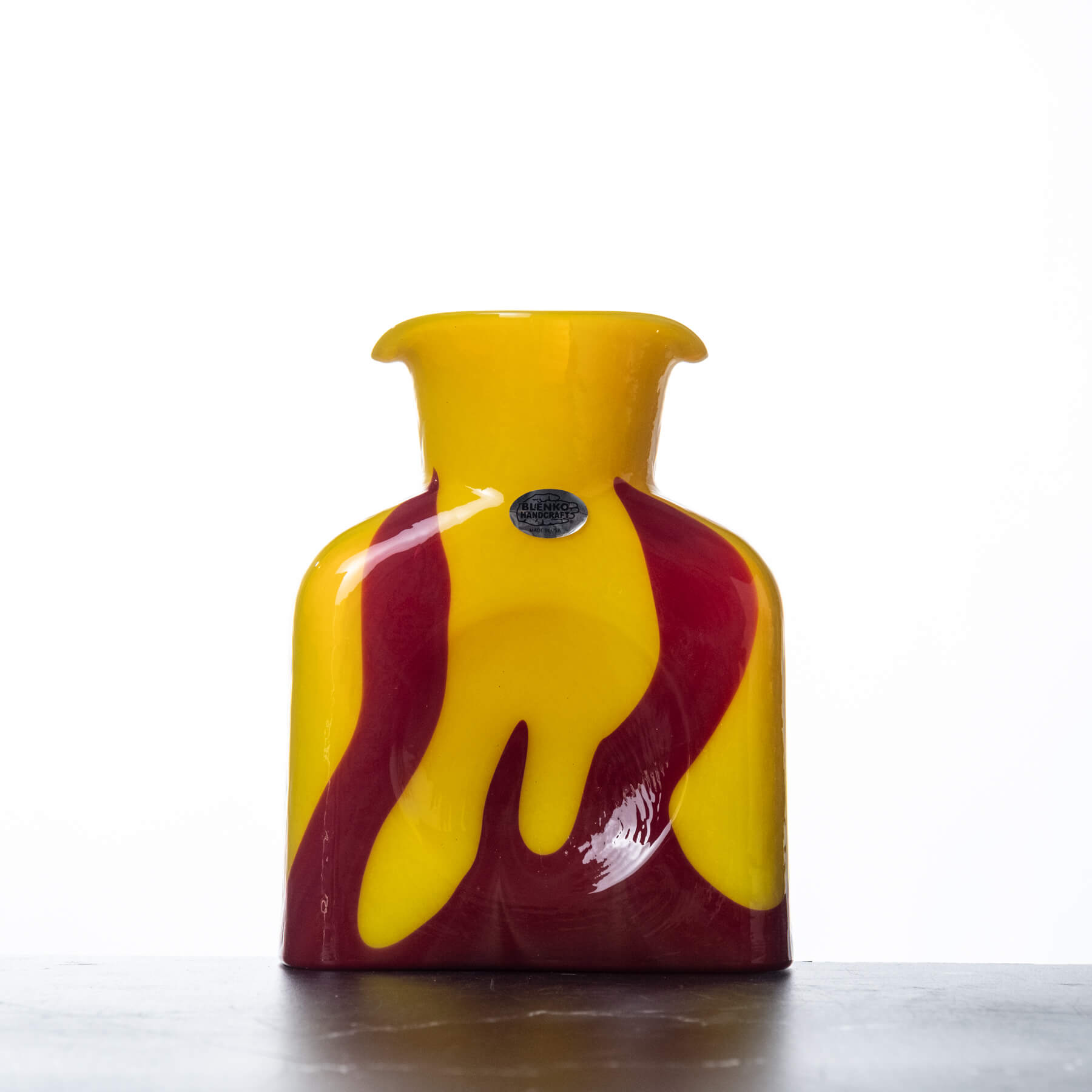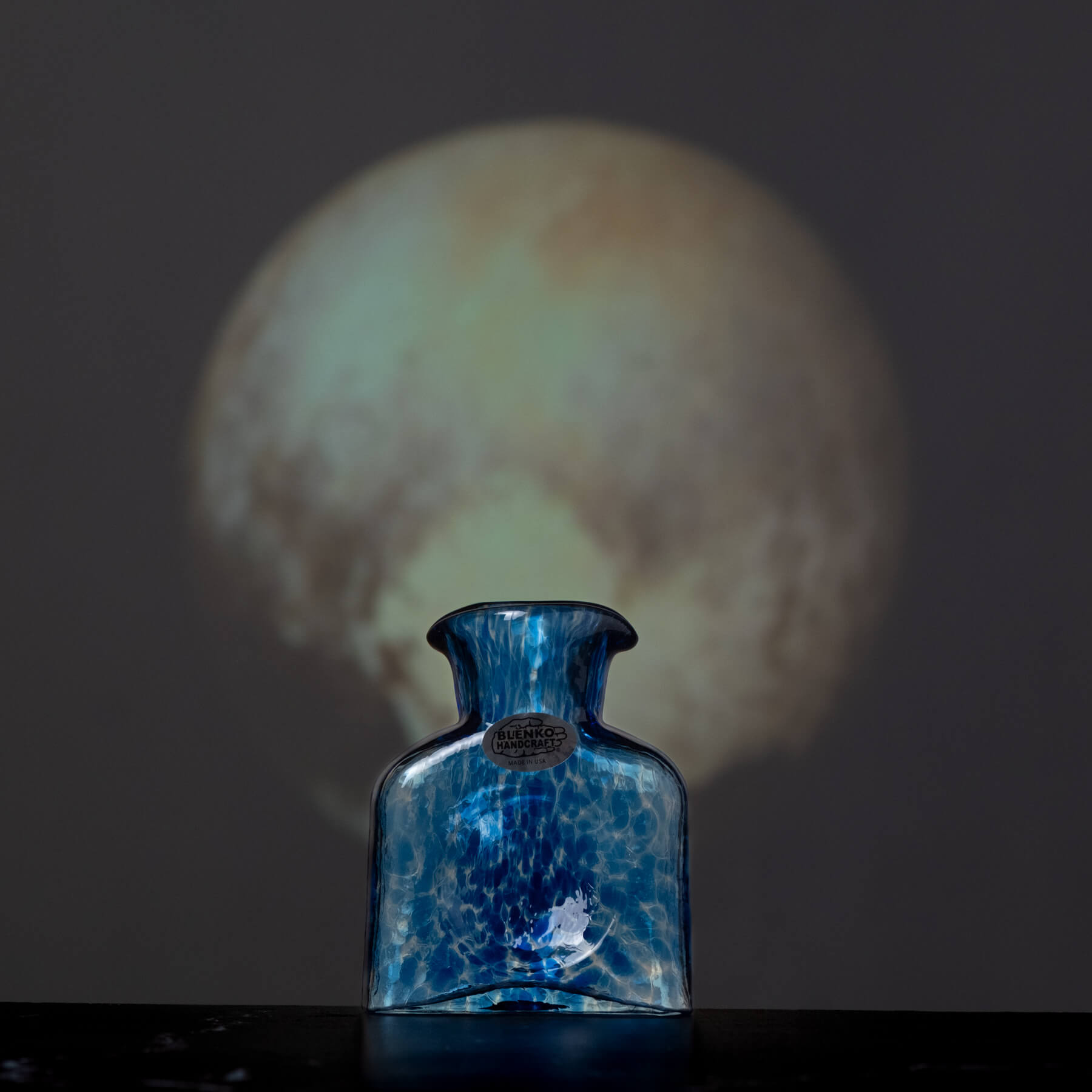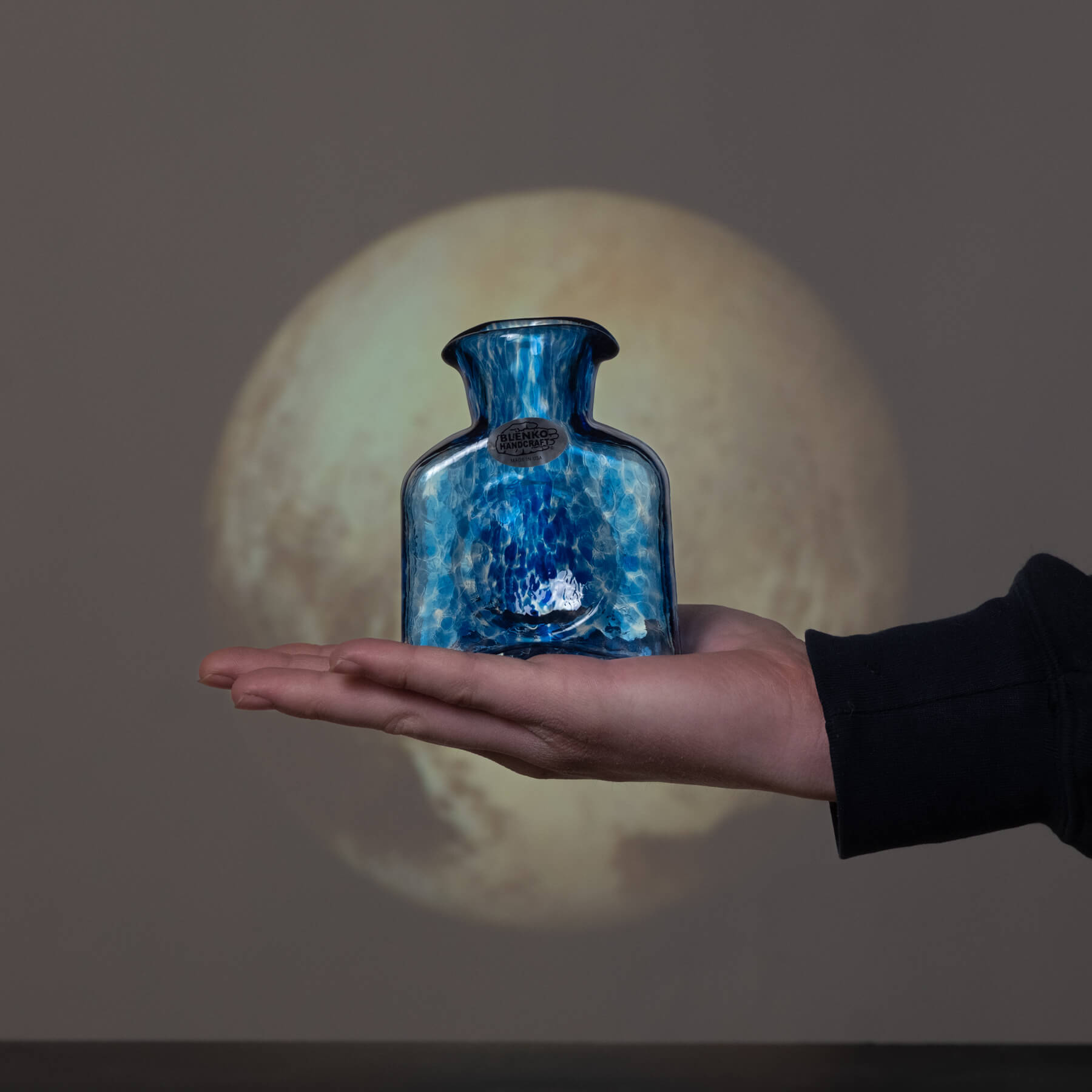
What is a ‘Second’ anyway?
Yes of course, a second is a short base unit of time, but what does it mean when referring to handmade glass? Everyone understands what it means to be first: the blue ribbon, winning the gold, number one. But what about to be second, how inferior can this be as it is just one level away.
In the world of making handmade glass (in fact still quite similar to the ancient technique) I have found this decision to be less than black and white.
When I speak to one of our chemists, he alludes to the quality of the mix of glass. He has his eye on the formula and how it melts. He looks at the seeds or tiny bubbles, and the color density at certain increments of time in the melt cycle. The glass ingredients, like when baking, need to be kept fresh and mixed thoroughly for the best results.

But if I ask the man who is actually inflating the glass, appropriately called the Blower, he may mention the technique of handling the molten bubble, its centeredness, weight or the shape of the mould. Because in fact, the moulds are hand carved out of fruit wood by our master mould-maker, therefore these slowly burn out and change shape before a new one needs made.

Then speaking to a Finisher, the one with the final masterful touches, he heavily critiques the end product, noticing every tool mark his hand may have impressed and the piece’s final form, shape or height, always working to perfect the next time. He also reviews the final glass qualities, clarity or optical chording, small stringlike memories in the glass, and communicates these conclusions to all in case adjustments need to be made down the line.

Don’t forget the Quality Control who sorts each piece of glass. She muscles the end of the lehr, the conveyor belt that gradually cools down the glass, where it is the main control deck directing glass traffic to be either warehoused, ground down or leveled, or to our Store attached to our factory that houses less-than-perfects.

Of course the final scrutiny is in the Warehouse before orders are boxed and shipped to go all over the country. They explain that things don’t always make the cut as a ‘first’, but unless it’s broken there is indeed a loving home for it to go.

And to that I can agree. Even if I see a bubble or a miss-shape, there is something else I can see: the presence of a human touch. Because Blenko makes every step from scratch, there is a natural a ripple effect and memory of a handmade item. (No doubt there exists a magical quality to those pieces deemed ‘first’) but I also can not help but fall in love with those in ‘second’ place.



